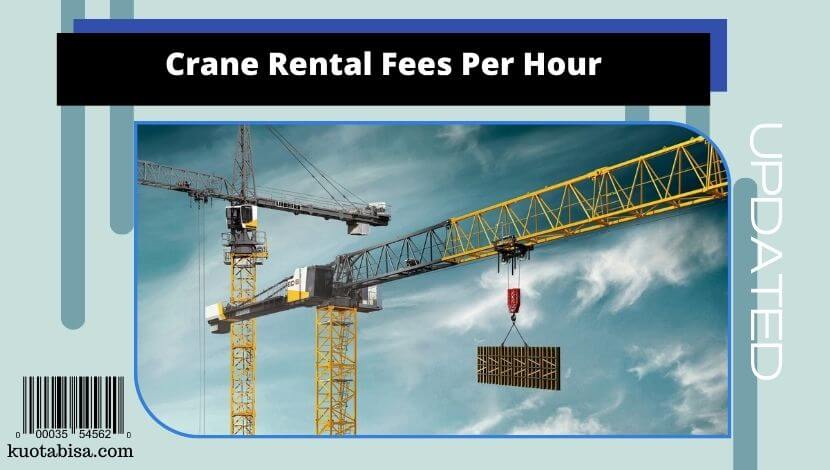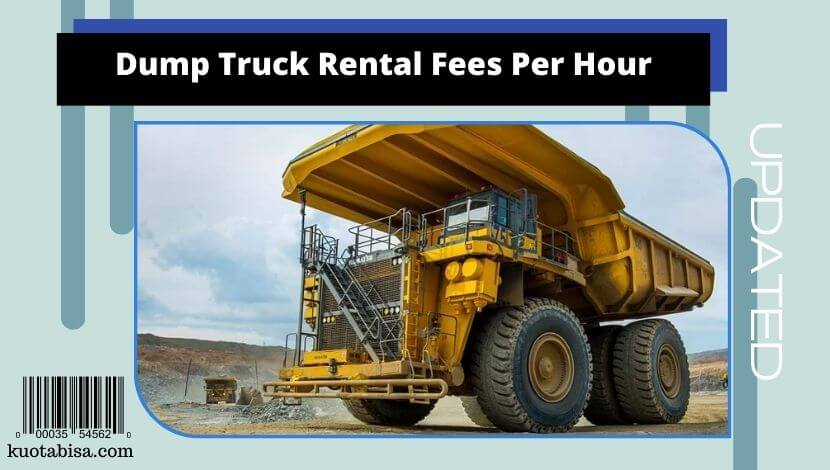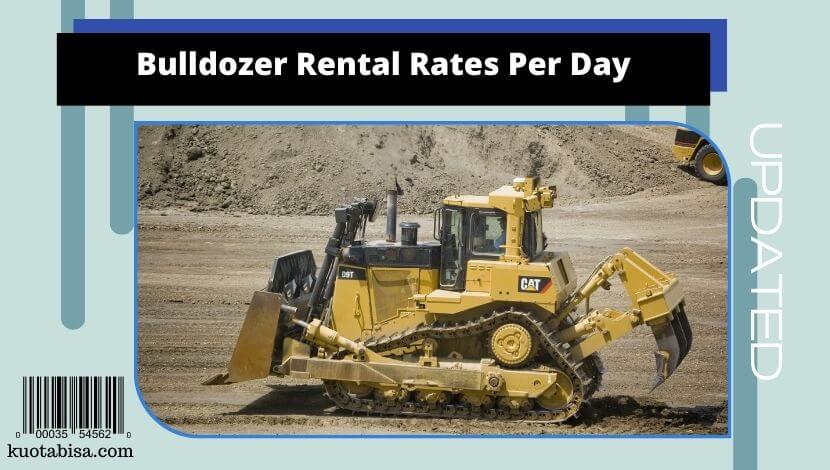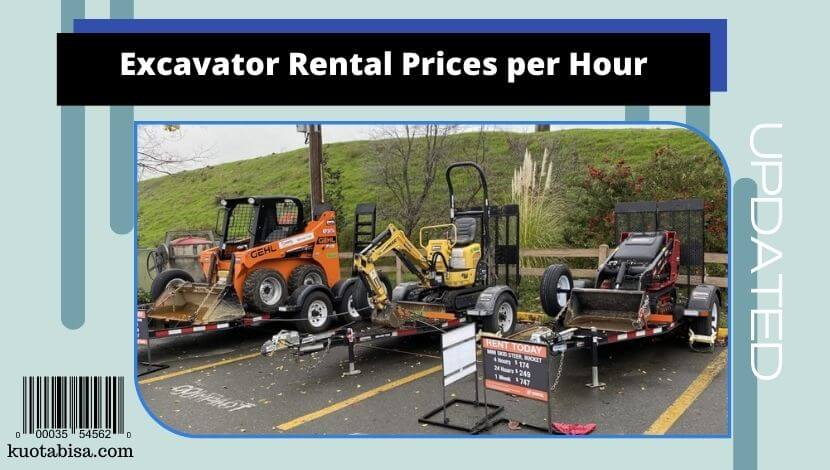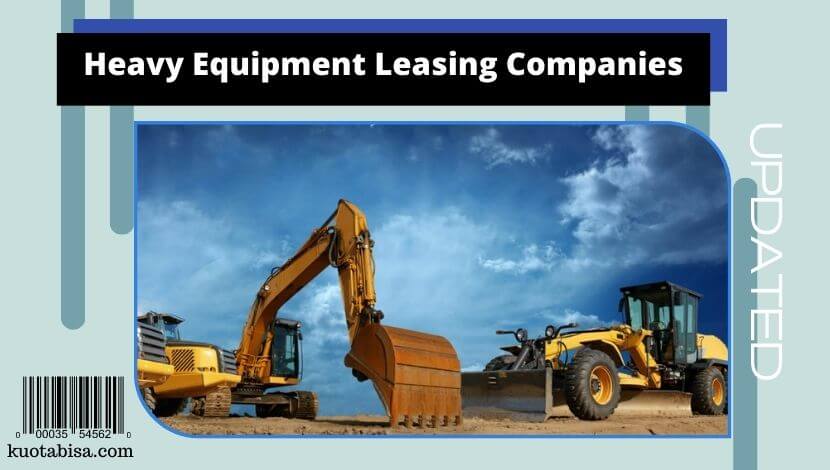The mining industry plays a crucial role in extracting valuable resources from the earth, driving economic development and supporting various sectors worldwide.
However, acquiring the necessary mining equipment can be a significant financial hurdle for many businesses.
Fortunately, there are several financing options available to help mining companies overcome this challenge and invest in the equipment they need.
This article explores the various mining equipment financing options, providing insights into the benefits and considerations associated with each.
Traditional Bank Loans
Traditional bank loans are a popular financing option for mining equipment. They offer businesses the advantage of long-term capital and flexible repayment terms.
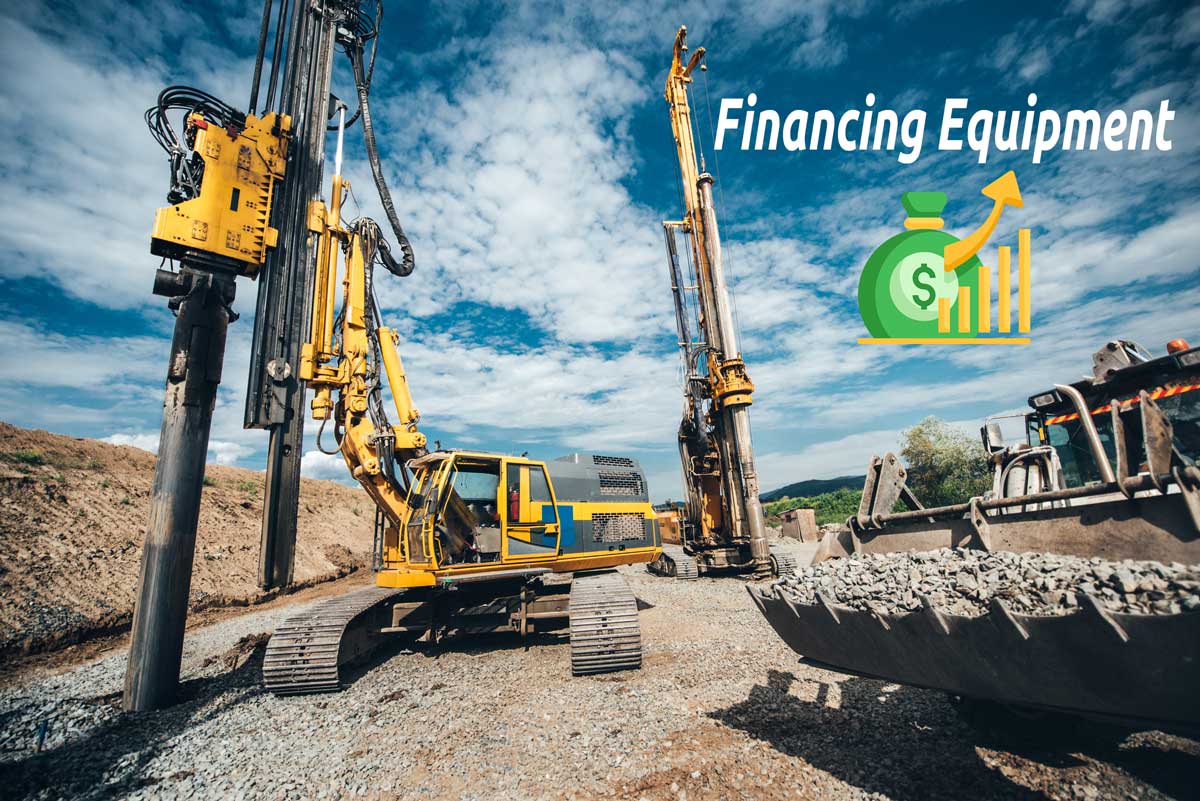
Banks assess the creditworthiness of mining companies and provide loans based on their financial standing and collateral.
While bank loans may require extensive documentation and a strong credit history, they can provide competitive interest rates, making them an attractive choice for well-established mining operations.
Equipment Leasing
Equipment leasing provides an alternative to purchasing mining equipment outright.
Leasing allows companies to access high-quality equipment without the burden of a large upfront payment.
By paying monthly lease installments, mining companies can use the latest technology and machinery while preserving their working capital.
Equipment leasing also offers the advantage of flexibility, allowing businesses to upgrade or replace equipment as technology advances or operational needs change.
Equipment Financing Companies
Specialized equipment financing companies cater specifically to the needs of the mining industry.
These companies understand the unique requirements and challenges faced by mining businesses and tailor financing solutions accordingly.
They offer a range of financing options, including leaseback agreements, equipment loans, and equipment sale-leasebacks.
Partnering with an equipment financing company can provide mining companies with industry expertise, customized repayment structures, and streamlined financing processes.
Government Grants and Programs
Governments around the world recognize the importance of the mining industry and often provide financial assistance through grants and programs.
These initiatives aim to support mining companies in their equipment acquisition and expansion efforts.
By exploring government-funded opportunities, businesses may find subsidies, tax incentives, low-interest loans, or grants that significantly reduce the financial burden associated with purchasing mining equipment.
Crowdfunding and Peer-to-Peer Lending
Emerging trends in financing, such as crowdfunding and peer-to-peer lending platforms, offer alternative avenues for mining companies to secure funds.
These platforms connect businesses with a wide network of individual investors willing to finance specific projects or provide loans.
Crowdfunding and peer-to-peer lending can be particularly beneficial for small to medium-sized mining companies seeking capital for specialized or niche equipment needs.
Conclusion
Access to modern and efficient mining equipment is crucial for the growth and success of mining businesses.
Fortunately, various financing options are available to support companies in acquiring the equipment they require.
Whether through traditional bank loans, equipment leasing, specialized financing companies, government grants, or innovative crowdfunding platforms, mining companies can find financing solutions tailored to their specific needs.
By carefully evaluating the available options and choosing the most suitable financing method, mining businesses can unlock opportunities for growth, improve operational efficiency, and stay competitive in the dynamic mining industry.
Disclaimer: The information provided in this article is for informational purposes only. It is important for mining companies to conduct thorough research and seek professional advice before making any financial decisions.
FAQ
What equipment can be financed?
A wide range of mining equipment can be financed through various financing options. Some common types of equipment that can be financed include:
- Excavators: These heavy-duty machines are essential for digging and excavating earth, rocks, and minerals in mining operations.
- Loaders: Loaders are used to scoop up and transport materials such as ore, coal, or gravel within the mining site.
- Haul Trucks: These large trucks are designed to transport heavy loads of mined materials from the mining site to processing or storage areas.
- Drilling Equipment: Drills are used to create boreholes and extract core samples, facilitating exploration and extraction of minerals.
- Crushing and Screening Equipment: These machines are used to crush and separate rocks and minerals into different sizes for further processing.
- Conveyors: Conveyors are utilized to transport materials efficiently within the mining site, eliminating the need for manual labor.
- Bulldozers: Bulldozers are powerful machines that are used for various tasks, including clearing land, leveling surfaces, and pushing materials.
- Graders: Graders are used to level and smooth surfaces, ensuring optimal conditions for mining operations.
- Underground Mining Equipment: This includes equipment specifically designed for underground mining, such as underground loaders, drill rigs, and roof bolters.
- Processing Equipment: Equipment used for processing mined materials, such as crushers, mills, and separators, can also be financed.
It’s important to note that the availability of financing options and eligibility criteria may vary depending on the type and cost of the equipment. Different financing providers may have their own preferences and requirements. Therefore, it is advisable for mining companies to research and consult with financing experts or equipment financing companies to determine which equipment can be financed based on their specific needs and circumstances.
What is an example of equipment financing?
An example of equipment financing is leasing. Leasing allows businesses to acquire the necessary equipment for their operations without having to make a large upfront purchase. Instead, they enter into an agreement with a leasing company where they make regular payments (monthly or quarterly) over a specified period to use the equipment.
Here’s an example to illustrate how equipment leasing works:
ABC Mining Company is in need of a new fleet of haul trucks for their mining operations. The cost of purchasing the trucks outright is beyond their current financial capacity. Instead, they decide to explore equipment financing options and come across a leasing company specializing in mining equipment.
ABC Mining Company enters into a lease agreement with the leasing company. The terms of the lease state that they will lease the fleet of haul trucks for a period of five years. The total cost of the equipment is $1 million.
Based on the lease agreement, ABC Mining Company will make monthly lease payments of $20,000 for the duration of the lease term. The leasing company retains ownership of the equipment throughout the lease period.
The benefits of equipment leasing in this example are:
- Cash Flow Preservation: By opting for leasing, ABC Mining Company avoids a substantial upfront cost, preserving their cash flow for other operational expenses.
- Flexibility: Leasing allows ABC Mining Company to use the latest haul trucks without the worry of ownership. They have the flexibility to upgrade or replace the equipment at the end of the lease term as per their evolving needs.
- Maintenance Support: Depending on the lease agreement, the leasing company may provide maintenance and support services for the leased equipment, relieving ABC Mining Company of additional responsibilities and costs.
- Tax Advantages: Lease payments may be treated as operating expenses, making them potentially tax-deductible for the lessee. This can provide tax advantages for the mining company.
It’s important to note that the terms and conditions of equipment leasing can vary depending on the leasing company and the specific agreement. Leasing terms may include options for purchasing the equipment at the end of the lease term, returning the equipment, or renewing the lease. It is recommended for businesses to carefully review and negotiate lease agreements to ensure they align with their financial goals and operational requirements.
Is equipment financing considered debt?
Yes, equipment financing is generally considered a form of debt. When a business obtains equipment financing, it means they are borrowing money from a lender or a financing company to acquire the equipment they need. The financing agreement typically includes terms for repayment, including interest charges, over a specific period of time.
The borrowed funds are used to purchase the equipment, and the business becomes responsible for repaying the borrowed amount, usually in regular installments, until the debt is fully paid off. During the repayment period, the business has ownership and use of the equipment, but the financing company retains a security interest or lien on the equipment until the debt is satisfied.
Since equipment financing involves borrowing money, it is recorded as a liability on the business’s balance sheet. The principal amount owed on the financing is considered a long-term or short-term debt, depending on the agreed-upon repayment period. The interest charges associated with the financing are also recorded as an expense on the income statement.
It’s important for businesses to carefully manage their equipment financing arrangements, including making timely payments to avoid defaulting on the debt. Defaulting on equipment financing can have negative consequences, such as penalties, damage to credit scores, and potential repossession of the equipment by the financing company.
Overall, while equipment financing can provide businesses with the opportunity to acquire necessary equipment without significant upfront costs, it is essential to treat it as a financial obligation and carefully consider the terms and conditions before entering into any financing agreement.
